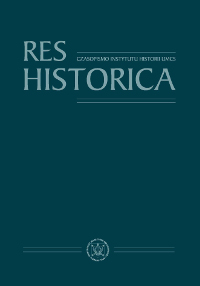RISK MANAGEMENT AND CIBERSECURITY - BINOMIAL INSEPARABLE INTO THE DIGITALIZATION AREA
Author(s): Lucreţia Mariana Constantinescu,Manea Oana Alexandra / Language(s): English
/ Issue: 4/2023
Keywords: cybersecurity; data breaches; digitalization; digital risks; organizational risks; risk management; digital adoption; digital business;
This research paper aims to address the significance of risk management and cybersecurity while exploring the interconnections between the adoption of digitalization and risk management. Additionally, the study seeks to highlight the accelerated pace of digitalization within organizations over the past three years, particularly during the COVID-19 pandemic, which has led to an increased number of organizational risks and cyberattacks. From a theoretical standpoint, this paper demonstrates the close relationship between risk management and digitalization, as the latter introduces both new risks and opportunities that necessitate effective risk management strategies. The transformative impact of digitalization on business operations, communication, and information exchange is evident, as it enables easier access and sharing of data on a global scale. However, this increased connectivity also amplifies the risk of cybersecurity threats, data breaches, and other digital risks. These risks can have profound implications for organizations, including financial repercussions, damage to brand reputation, and loss of customer trust. To explore the concepts of risk management and digitalization, this research utilizes bibliometric techniques to analyze existing literature. Structured reviews and content analysis are then employed to identify the connections between these two concepts. Furthermore, the relationship between risk management and digitalization is visualized using VOS Viewer software, a commonly used tool in academia for conducting network analysis of concepts. This paper also provides statistical data related to the analyzed concepts, offering valuable insights to researchers, scholars, managers, and entrepreneurs regarding the current digital risk management model and its potential impact. The findings of this study contribute to bridging the existing gap in the literature and provide a foundation for further exploration of the dynamic interplay between risk management, digitalization, and cybersecurity.
More...


